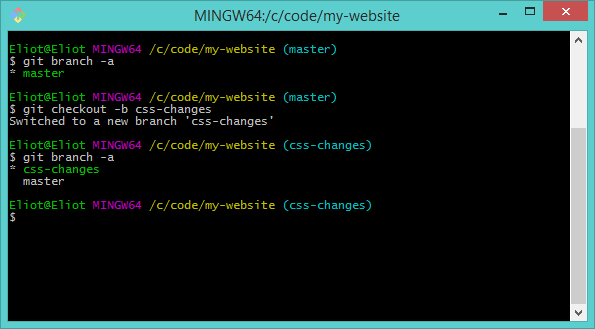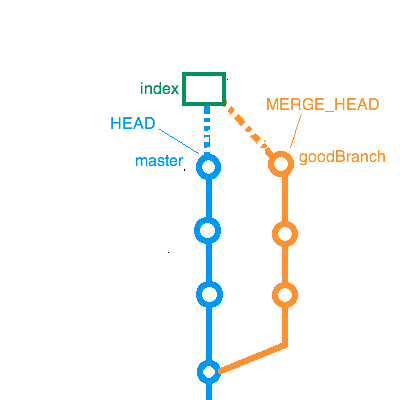

Once the previously discussed "preparing to merge" steps have been taken a merge can be initiated by executing git merge where is the name of the branch that will be merged into the receiving branch. Once the fetch is completed ensure the main branch has the latest updates by executing git pull. Execute git fetch to pull the latest remote commits. Make sure the receiving branch and the merging branch are up-to-date with the latest remote changes. In our case we will execute git checkout main. If needed, execute git checkout to switch to the receiving branch. Confirm the receiving branchĮxecute git status to ensure that HEAD is pointing to the correct merge-receiving branch. Preparing to mergeīefore performing a merge there are a couple of preparation steps to take to ensure the merge goes smoothly. This scenario is a version control conflict and Git will need user intervention to continue. If Git encounters a piece of data that is changed in both histories it will be unable to automatically combine them. When creating a merge commit Git will attempt to auto magically merge the separate histories for you. Merge commits are unique against other commits in the fact that they have two parent commits. Git will determine the merge algorithm automatically (discussed below). Invoking this command will merge the specified branch feature into the current branch, we'll assume main.

We now want to merge this feature branch into main. Say we have a new branch feature that is based off the main branch. Once Git finds a common base commit it will create a new "merge commit" that combines the changes of each queued merge commit sequence. The following examples in this document will focus on this branch merging pattern. In these scenarios, git merge takes two commit pointers, usually the branch tips, and will find a common base commit between them. Git merge will combine multiple sequences of commits into one unified history. In the most frequent use cases, git merge is used to combine two branches. Again, this means that git merge is often used in conjunction with git checkout for selecting the current branch and git branch -d for deleting the obsolete target branch. The current branch will be updated to reflect the merge, but the target branch will be completely unaffected. Note that all of the commands presented below merge into the current branch. The git merge command lets you take the independent lines of development created by git branch and integrate them into a single branch. $ git log -all -decorate -oneline -graphġ file changed, 4 insertions(+), 1 deletion(-)ĬONFLICT (content): Merge conflict in file1.txtĪutomatic merge failed fix conflicts and then commit the result.Merging is Git's way of putting a forked history back together again. $ git commit -am "update file via feature-1"
Merge updated branch to master git update#
$ echo "file update in feature branch" > file1.txt Git merge origin/test # to update your local test from the fetch in the pull earlierīest Way to Merge a Git Branch Into Master # git checkout master # git merge release-branch # git commit -a Git merge branch to master: 3+ Ways

Previous Post Next Post Git: Merge Branch into Master


 0 kommentar(er)
0 kommentar(er)
